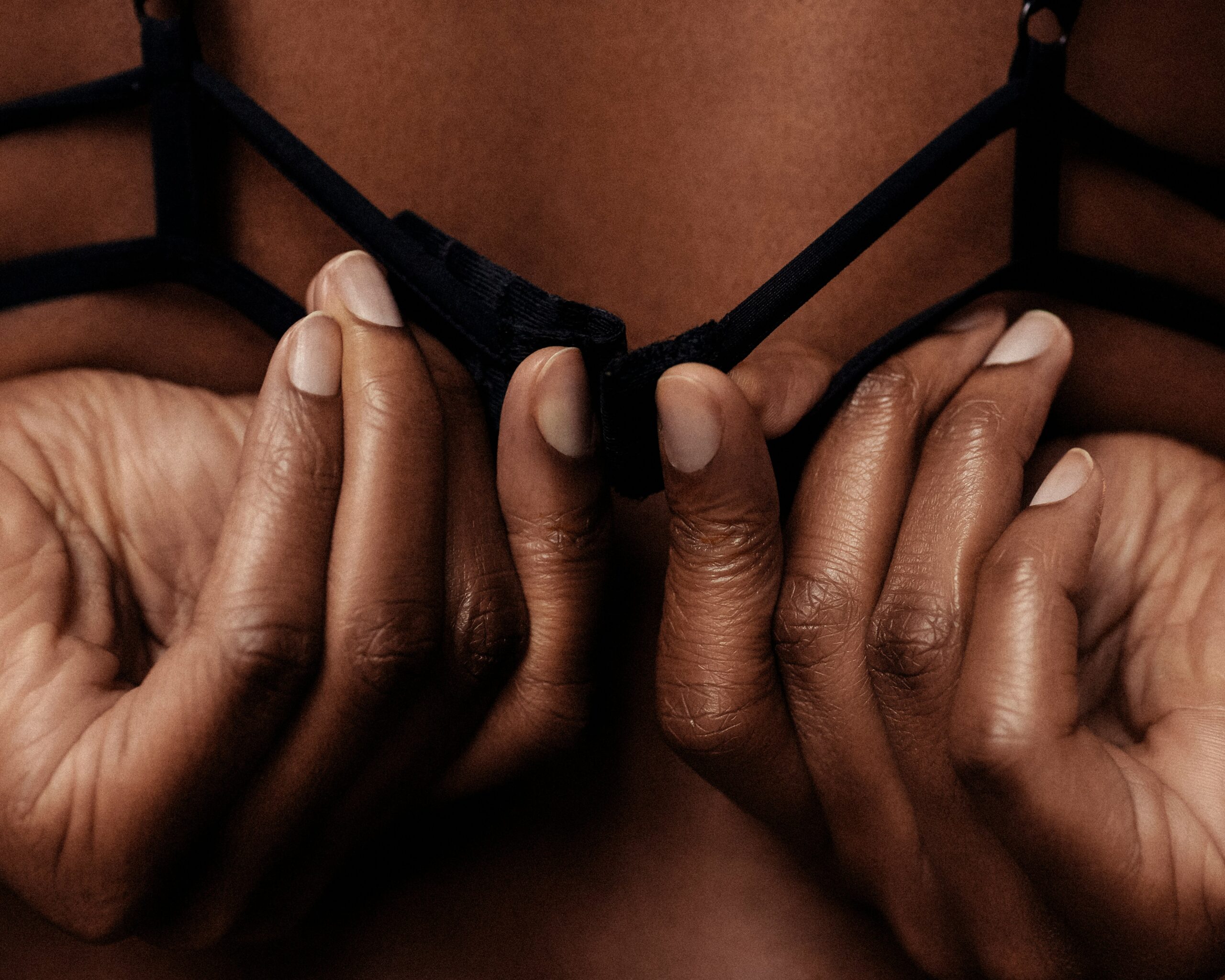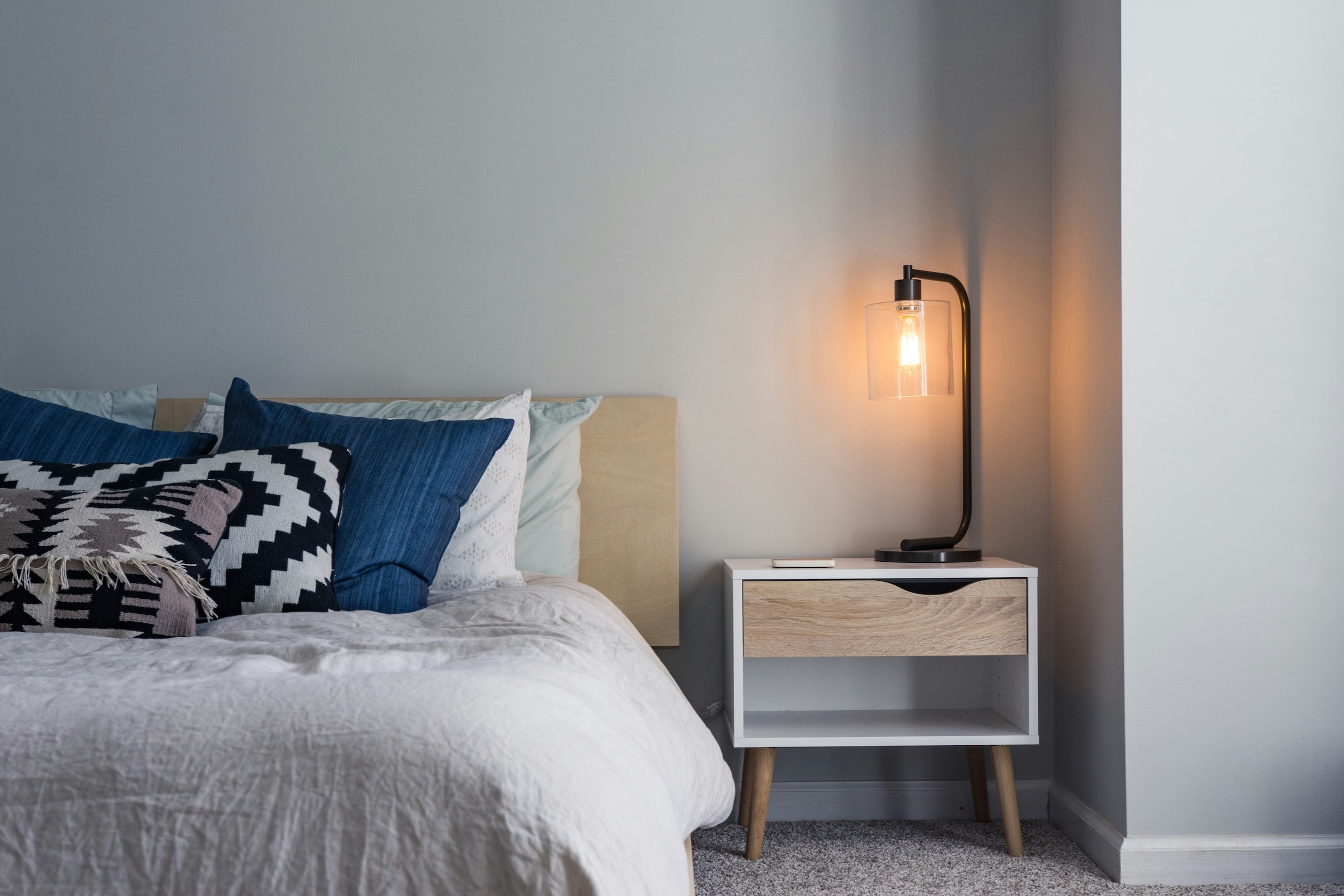Finding the right bra size can transform your comfort and confidence. Whether you’re buying your first bra, seeking a better fit, or just curious about how to get it right, understanding how to measure your bra size is essential. In this guide, we’ll walk you through the process of measuring your bra size accurately and answer frequently asked questions to ensure you have all the information you need.
Understanding Bra Size Basics
Before diving into the measurement process, it’s helpful to understand the two primary components of a bra size: the band size and the cup size. Your band size is the number that indicates the measurement around your ribcage just under your bust, while your cup size is the letter that represents the volume of your bust. For instance, a size 34B means the band measurement is 34 inches, and the cup size is B.
How to Measure Your Band Size
To start, you will need a soft measuring tape and a mirror. Begin by standing up straight with your arms at your sides and your feet about shoulder-width apart.
- Wrap the Measuring Tape Around Your Ribcage: Position the tape measure just under your bust, where the band of your bra would typically sit. Ensure that the tape is parallel to the floor and snug but not tight. Breathe normally; the tape should fit comfortably around your ribcage without creating indentations.
- Read the Measurement: Take the measurement in inches and round it to the nearest whole number. This measurement is your band size. If your measurement is an odd number, add 1 inch to get an even number, as bra sizes are typically even numbers (for example, if you measure 31 inches, you would use 32 as your band size).
How to Measure Your Bust Size
Next, you’ll measure the fullest part of your bust to determine your cup size.
- Wrap the Measuring Tape Around the Fullest Part of Your Bust: Hold the measuring tape around the fullest part of your bust, which is usually across your nipples. Keep the tape level and parallel to the floor. Make sure it’s snug but not pressing into your skin.
- Read the Measurement: Again, take the measurement in inches and round it to the nearest whole number.
Calculating Your Cup Size
To find your cup size, you need to subtract your band size measurement from your bust measurement.
- Subtract the Band Size from the Bust Measurement: For example, if your bust measurement is 38 inches and your band size is 34 inches, the difference is 4 inches.
- Determine Your Cup Size: Use the difference between these two measurements to find your cup size. Generally, the difference corresponds to cup sizes as follows: 1 inch = A cup, 2 inches = B cup, 3 inches = C cup, 4 inches = D cup, and so forth. In this case, a 4-inch difference would correspond to a D cup.
Putting It All Together
Combine your band size and cup size to find your bra size. For instance, if your band size is 34 and your cup size is D, your bra size would be 34D.
Common Bra Size Measurement Mistakes
Many people make mistakes while measuring their bra size, which can lead to an ill-fitting bra. Here are some common errors to avoid:
Not Measuring Yourself Regularly: Your body changes over time due to factors like weight fluctuations, hormonal changes, and aging. It’s important to measure yourself regularly to ensure your bra size remains accurate.
Wearing the Wrong Bra During Measurement: The bra you wear while measuring yourself can impact your measurements. For the most accurate size, it’s best to wear a well-fitting, non-padded bra.
Measuring Over Clothes: Measuring yourself over clothes can result in inaccurate measurements. Always measure against your bare skin.
Measuring Too Tightly or Loosely: The tape measure should be snug but not tight. Measuring too tightly can give you a band size that’s too small, while measuring too loosely can result in a band size that’s too large.
How do I measure my bra size at home?
Measuring your bra size at home is simple and requires just a few basic steps. Start by gathering a soft measuring tape, a mirror, and wearing a well-fitting, non-padded bra. Stand up straight with your feet about shoulder-width apart and your arms at your sides.
First, measure your band size by placing the tape measure just under your bust where the band of the bra would sit. Make sure the tape is parallel to the floor and snug but not tight. Take the measurement in inches and round to the nearest whole number. If you get an odd number, add one inch to get an even number for your band size.
Next, measure your bust size by wrapping the tape around the fullest part of your bust, across the nipples, ensuring the tape is level and not too tight.
To find your cup size, subtract your band size from your bust measurement. The difference corresponds to a cup size, where 1 inch is A, 2 inches is B, and so on.
Combine your band size and cup size for your final bra size. For example, if your band size is 34 and the difference is 2 inches, your size is 34B.
How do you know what your cup size is?
Determining your cup size involves a simple calculation based on the difference between your band size and bust measurement. To find your cup size, you first need to measure your band size and bust size accurately.
Start by measuring your band size. With a soft measuring tape, measure around your ribcage just below your bust, making sure the tape is parallel to the floor and snug but not tight. Round the measurement to the nearest whole number to get your band size.
Next, measure your bust size by placing the tape around the fullest part of your bust, typically across the nipples. Ensure the tape is level and not too tight.
Subtract your band size measurement from your bust measurement. The difference will help you determine your cup size. Generally, each inch of difference corresponds to a cup size: a 1-inch difference means an A cup, 2 inches is a B cup, 3 inches is a C cup, 4 inches is a D cup, and so forth.
For example, if your band size is 34 inches and your bust measurement is 37 inches, the 3-inch difference indicates a C cup. Combine this with your band size to get your full bra size, such as 34C.
FAQs on how to measure bra size
What does ABCD stand for in bra size?
How big are D-size breasts?
D-size breasts refer to a specific cup volume in bra sizing, but the actual size can vary based on body type and band size. The “D” cup indicates that the bust protrudes 4 inches more than the band size measurement. For instance, if the band size is 34, a 34D means the bust measures 4 inches more than the band size, so approximately 38 inches around the fullest part of the bust. However, a D cup on a smaller band size will appear smaller compared to a D cup on a larger band size. Thus, breast size is relative to the band measurement.
What If My Band Size Measurement Falls Between Two Sizes?
If your band size measurement falls between two sizes, you generally choose the larger band size and adjust the cup size accordingly. For instance, if you measure 33 inches, you would select a 34 band size and determine the cup size based on your bust measurement.
How Often Should I Measure My Bra Size?
It’s a good idea to measure your bra size at least once a year, or more frequently if you experience significant changes in weight, body shape, or after pregnancy.
Can I Measure My Bra Size Without a Measuring Tape?
While a measuring tape is the most accurate tool for measuring bra size, you can use a piece of string and then measure the string with a ruler if necessary. However, for best results, a measuring tape is recommended.
Is It Necessary to Get Fitted by a Professional?
While you can measure yourself at home, a professional fitting can offer additional accuracy and advice. Many lingerie stores offer free fitting services, which can be helpful, especially if you’re unsure about your measurements.
How Do I Know if a Bra Fits Properly?
A well-fitting bra should have the band level around your torso, the cups should fully encompass your breasts without gaps or overflow, and the straps should sit comfortably without digging in or falling off. The center gore (the part between the cups) should lay flat against your sternum.
Why Does My Bra Size Change Over Time?
Your bra size can change due to various factors such as weight changes, hormonal fluctuations, aging, and changes in muscle tone. Regularly checking your size ensures you always have a comfortable and supportive fit.
How Do I Convert Between Different Bra Size Systems?
Different countries use different bra sizing systems. For example, UK sizes, US sizes, and European sizes can differ. To convert sizes, you can use online conversion charts or consult with a lingerie store for assistance.
How Do I Know If My Bra Size Is Wrong?
If your bra size is wrong, you might notice several signs. The band might ride up your back, the cups could be gaping or spilling over, and the straps may dig into your shoulders or slide off. Additionally, a well-fitting bra should keep the center gore flat against your sternum. If you experience discomfort or these fit issues, it might be time to reassess your size.
Can My Bra Size Change After Pregnancy?
Yes, your bra size can change after pregnancy due to hormonal changes, weight fluctuations, and changes in breast tissue. It’s common for women to need a different bra size during and after pregnancy, so measuring yourself or getting a professional fitting is recommended during this time.
What Is the Difference Between a Full Cup and a Demi Cup Bra?
A full cup bra covers the entire breast, providing more coverage and support, while a demi cup bra offers less coverage, with cups that cut lower and often have a slight plunge. Full cup bras are great for everyday wear and support, while demi cups are ideal for low-cut tops or a more natural look.
How Do I Measure My Bra Size Without a Measuring Tape?
If you don’t have a measuring tape, you can use a piece of string or a ribbon. Measure around your ribcage under your bust with the string, then measure the string against a ruler or a standard tape measure. For bust measurement, you can use a similar method by measuring around the fullest part of your bust.
How Do I Adjust My Bra If It Doesn’t Fit Right?
If your bra doesn’t fit, you can try adjusting the band and strap positions. Use the hooks on the band to adjust for a better fit, ensuring it is snug but not too tight. If the straps are digging in or falling off, adjust them to achieve a more comfortable fit. For persistent issues, you might need to consider trying a different size or style of bra.
Additional Tips for Finding the Perfect Bra
If you’re still having trouble finding the perfect fit, here are a few more tips:
Try Different Styles: Different bra styles—such as underwire, wireless, push-up, or bralette—can fit differently. Experimenting with various styles might help you find one that fits and supports you better.
Get Professionally Fitted: Many lingerie stores offer free fitting services. A professional fitter can provide personalized advice and help you find the most comfortable and supportive bra for your body.
Consider Your Bra Collection: Sometimes the issue isn’t just the size but the age of your bras. Worn-out bras can lose their shape and support, so replacing old bras might improve fit and comfort.
Check the Fit Periodically: Your body can change over time due to weight fluctuations, hormonal changes, or aging, so checking your bra size every six months to a year is a good practice.
Look for Quality Bras: Investing in high-quality bras can make a significant difference. Well-made bras tend to fit better and last longer, providing better support and comfort.
Conclusion
Measuring your bra size is a straightforward process, but getting it right can make a significant difference in your comfort and fit. By following the steps outlined in this guide, you can accurately determine your band and cup sizes and avoid common pitfalls. Remember, your bra size isn’t static, and it’s worth revisiting your measurements periodically to ensure you always wear bras that fit well and make you feel great.
By understanding these fundamentals, you can approach bra shopping with confidence and find the perfect fit for your body. Whether you’re shopping for everyday bras or special occasion lingerie, knowing your size is the first step towards a more comfortable and flattering wardrobe.



